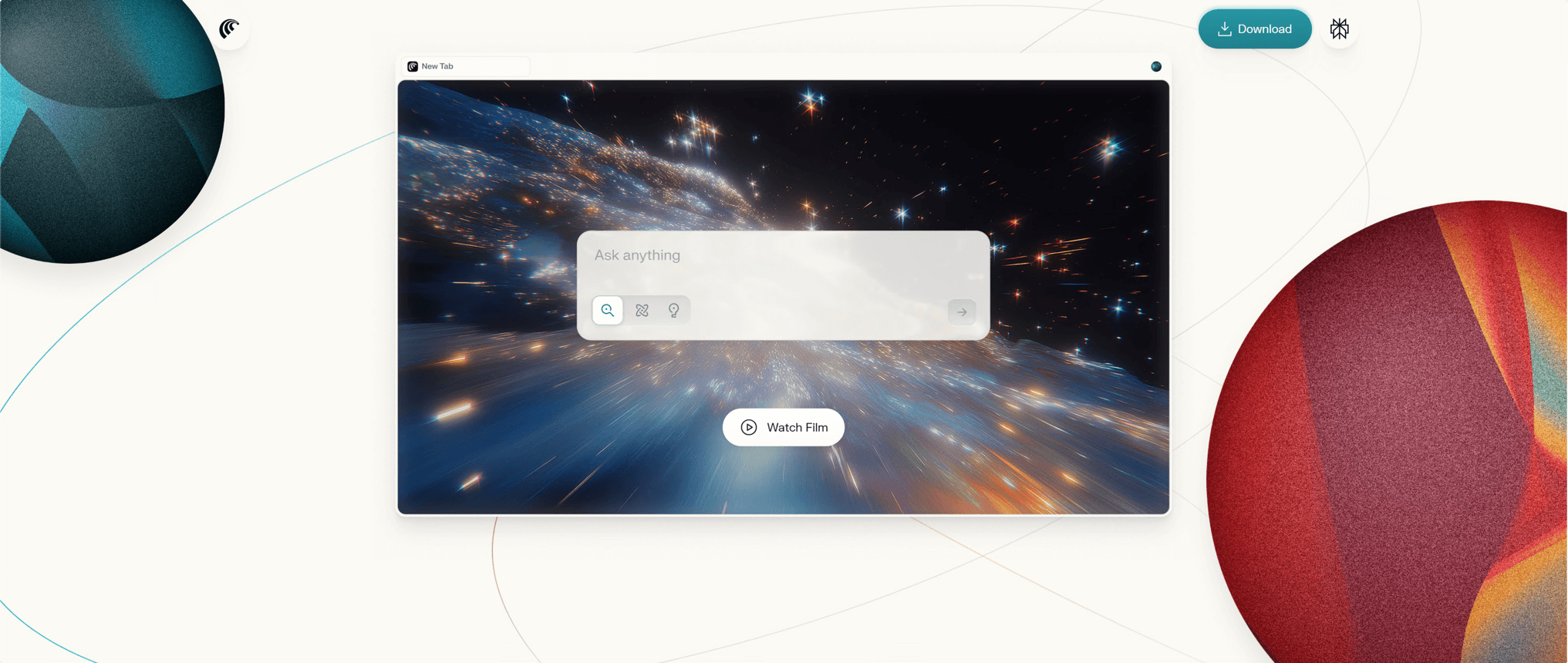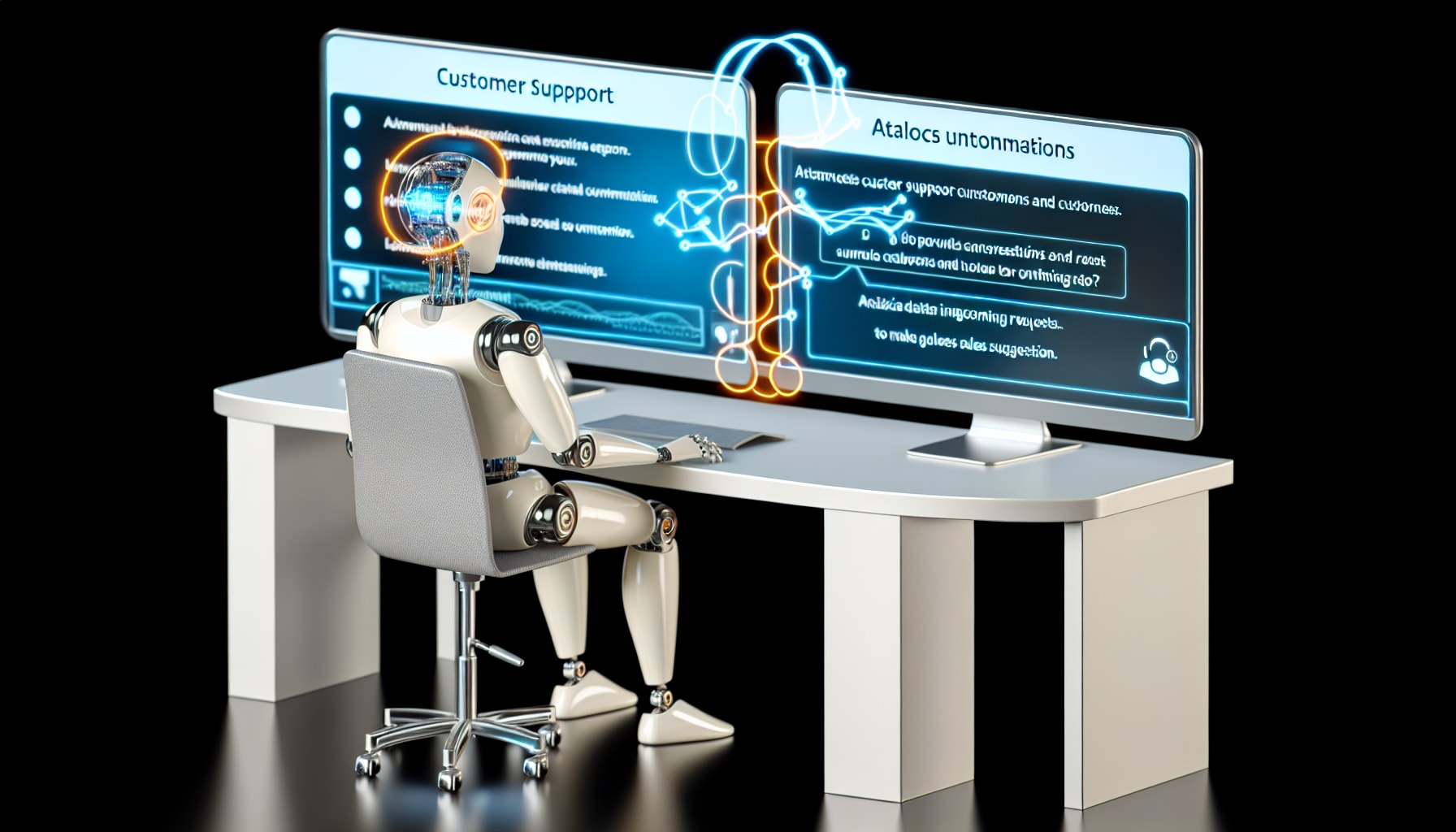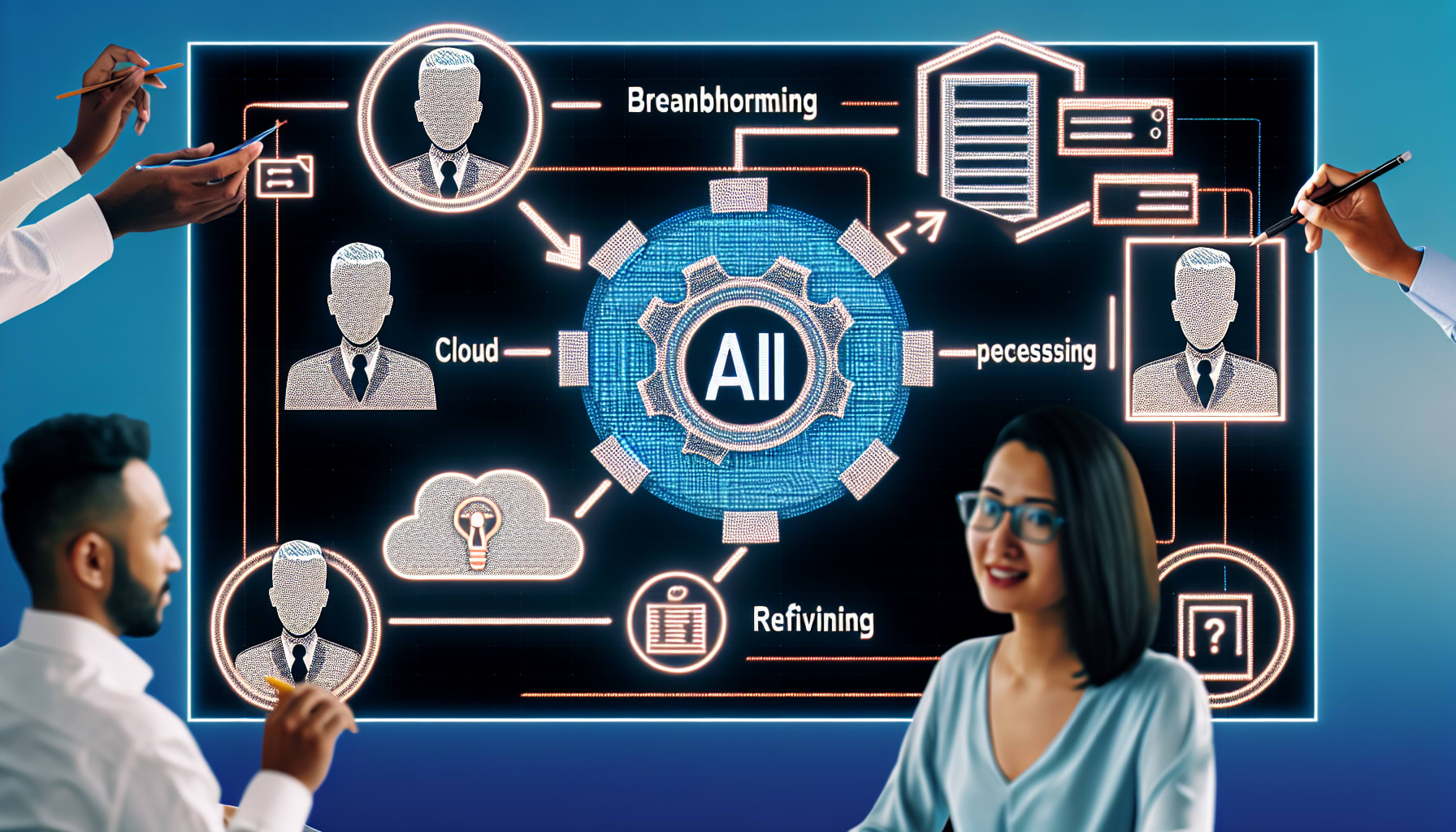The promise of artificial intelligence is immense, offering to automate tedious tasks, generate creative content, and uncover deep insights. Yet, for many professionals, the daily reality of using AI feels less like a seamless future and more like a digital juggling act. If you’ve ever tried to run a small business, freelance studio, or creative team, you know this truth: AI tools are powerful — but fragmented. You might use one tool for writing, another for data analysis, and a third for generating images, constantly switching between tabs and subscriptions. This scattered approach creates a significant drag on the very productivity we seek.
The solution isn’t to find the single “best” AI, because one doesn’t exist. Instead, the real breakthrough comes from a multi-model strategy—using different AIs in concert, leveraging their unique strengths for specific parts of a task. This article will explore the challenges of tool fragmentation and explain how professionals are now using unified platforms to orchestrate multiple models, creating workflows that are more powerful, accurate, and efficient than any single tool could ever be.
Let’s explore why the future of AI productivity lies not in picking a winner, but in building a team.
The Challenge of AI Tool Fragmentation and the Productivity Dilemma
The rapid explosion of AI tools has created a paradox. While we have more power at our fingertips than ever before, harnessing it has become a complex and often frustrating task. The landscape is crowded, and navigating it efficiently is a major challenge.
Relying on a fragmented set of specialized AI tools creates tech fatigue and hidden inefficiencies that negate productivity gains.

The Tech Fatigue of Multi-Platform Switching
Every new AI tool comes with its own interface, its own subscription, and its own way of doing things. For users, this means constantly adapting to different workflows, remembering which platform is best for which task, and managing a growing list of monthly bills. And let’s be honest — juggling 6+ platforms isn’t “productivity.” It’s tech fatigue in disguise. The mental energy spent switching contexts, copy-pasting content, and re-uploading files is a significant drain.
As one analysis points out, “Hopping back and forth between different AI platforms wastes precious time and messes with your focus.” This constant context switching disrupts deep work and introduces friction into the creative process.
The Reality of Dispersed Functional Expertise
The simple truth is that no single AI model excels at everything. Just as you wouldn’t use a single knife for every task in the kitchen, you shouldn’t expect one AI to handle all your needs. For instance, Anthropic’s Claude is widely praised for its nuanced, long-form writing, while GPT-4 is known for its strong reasoning and structural capabilities. Meanwhile, Google’s Gemini excels at pulling in real-time information, and Perplexity AI is a go-to for source-backed research. Trying to force one model to perform a task outside its core strength often leads to mediocre results and wasted time.
The Hidden Bottleneck in Productivity
The cumulative effect of tool fragmentation is a hidden bottleneck that quietly sabotages efficiency. The few seconds it takes to switch tabs, the minute spent reformatting a prompt for a different model, and the mental effort of remembering multiple logins all add up. This friction prevents the creation of smooth, automated workflows and keeps users stuck in a cycle of manual intervention. The promise of AI is to reduce this kind of low-value work, but a fragmented approach often just replaces one set of tedious tasks with another. This issue has become so prevalent that it has fueled a demand for more integrated solutions that can reduce the high cognitive load associated with managing multiple complex systems.
The Advantages and Applications of Multi-Model AI Collaboration
Once you accept that no single AI is a silver bullet, you can start to see the power of a collaborative approach. By strategically combining the strengths of different models, you can achieve results that are more accurate, creative, and reliable.
Combining multiple AI models allows you to leverage their unique strengths, cross-validate results for better accuracy, and build powerful, specialized workflows.
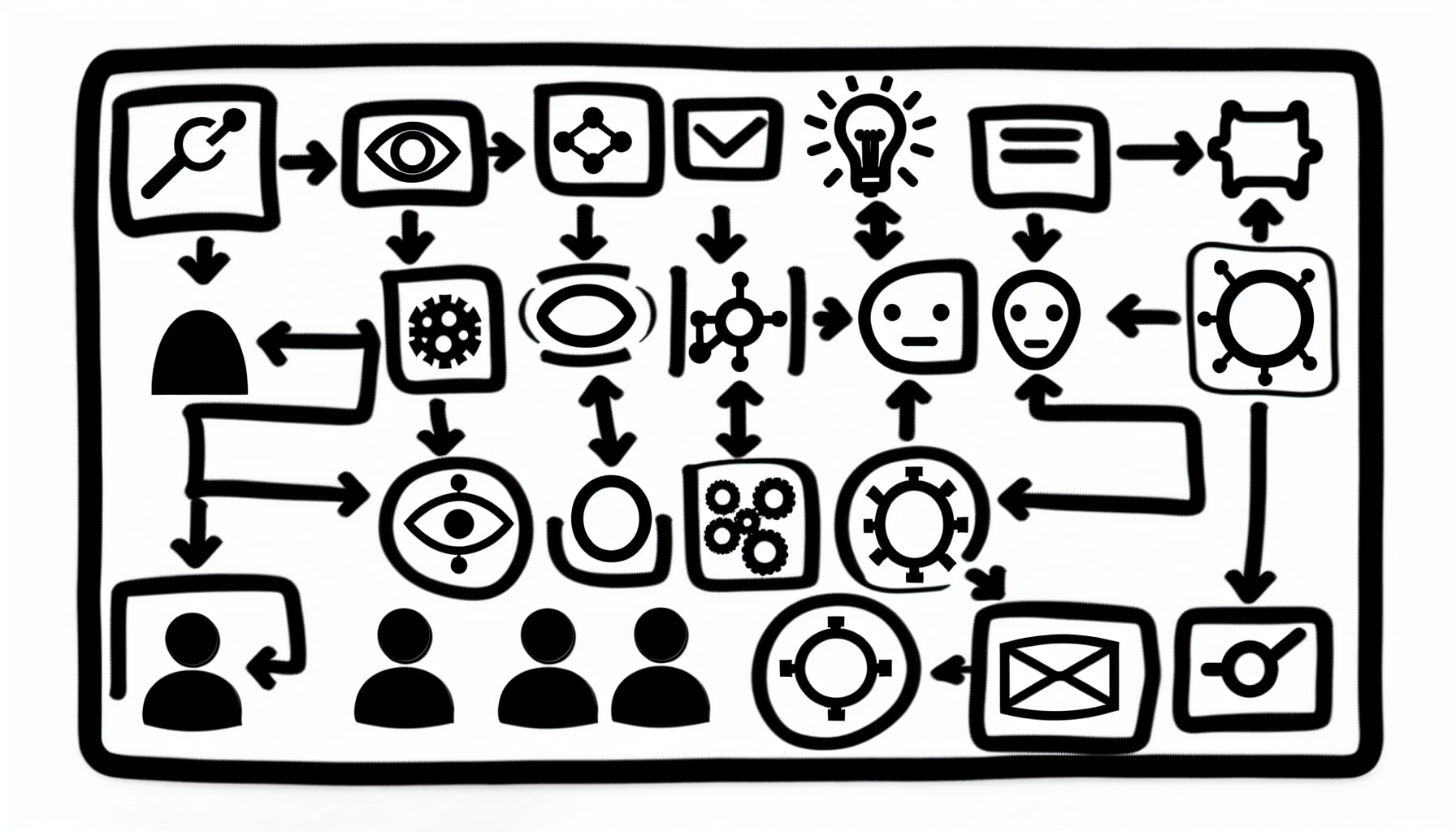
Analyzing the Unique Capabilities of Each Model
The key to a successful multi-model strategy is understanding what each AI does best. A typical high-performance workflow might involve using several models in sequence:
- ChatGPT: Excellent for brainstorming, outlining ideas, and generating accessible, creative text.
- Claude: Ideal for drafting long-form content, refining logic, and handling tasks requiring nuance and deep context.
- Gemini: Strong for research tasks, analyzing massive documents, and integrating real-time information from Google Search.
- Grok: Specialized in understanding real-time social media trends and public sentiment.
By assigning tasks based on these strengths, you are essentially assembling a specialist team of AI assistants, each contributing its best work to the final product.
Cross-Validation and Improved Accuracy
One of the most significant drawbacks of large language models is their tendency to “hallucinate” or generate plausible-sounding but incorrect information. A multi-model approach offers a powerful solution: cross-validation. By running the same prompt through two or three different models, you can compare their outputs, identify inconsistencies, and triangulate a more accurate answer. This method has been formalized in academic research.
A study from MIT’s Computer Science and Artificial Intelligence Laboratory (CSAIL) found that having multiple AI systems critique each other’s work leads to more accurate and factual results. This process, which they compare to an intellectual debate, allows models to refine their answers based on feedback, filtering out errors and biases.
Multi-Model Applications in Real Business Scenarios
This collaborative approach isn’t just theoretical; it’s being applied in real-world business contexts. For example, a marketing team creating a new campaign might use Grok to identify trending topics, ChatGPT to brainstorm headlines, Claude to write the body copy for a blog post, and an image model like Midjourney to create visuals. Similarly, a financial analyst could use Gemini to process a large dataset, Claude to synthesize the findings into a report, and ChatGPT to draft an executive summary. These integrated workflows produce higher-quality outcomes in a fraction of the time.
How All-in-One AI Platforms Integrate 200+ Tools to Boost Efficiency
The benefits of a multi-model approach are clear, but manually juggling different platforms remains a major hurdle. This is where a new category of tools—unified AI platforms—comes in. These platforms act as a central hub, providing access to a wide range of models through a single interface.
Unified AI platforms solve tool fragmentation by offering access to hundreds of models through a single interface, simplifying workflows and reducing costs.
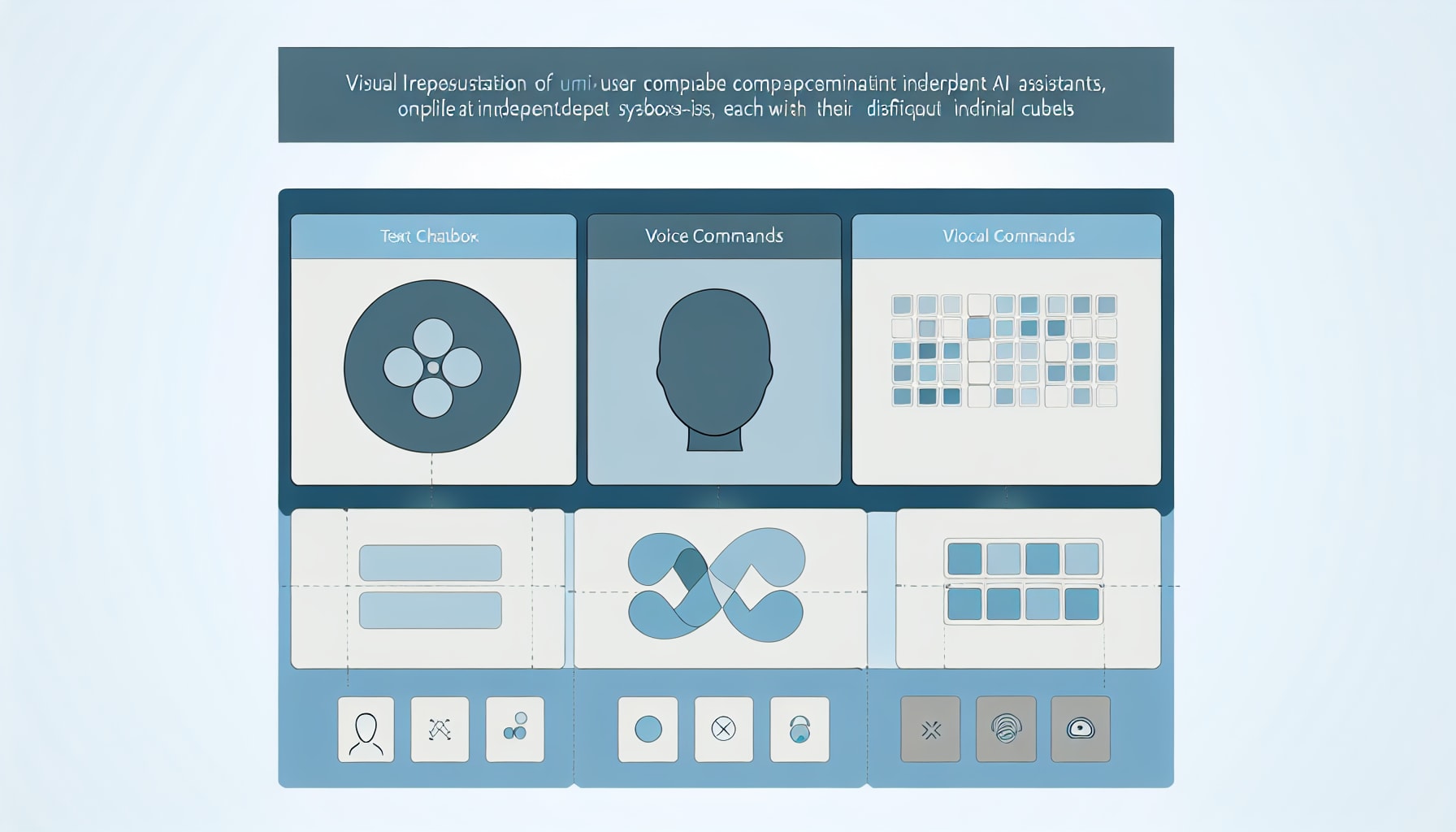
The Design Philosophy of a Unified Platform
The core idea behind platforms like ChatHub, Poe, and others is to eliminate friction. Instead of forcing users to choose one ecosystem, they provide a model-agnostic workspace. This means you can switch between GPT-4, Claude 3.5, and Gemini within the same conversation, preserving context without ever leaving the page. Some services go even further; for instance, Easy-Peasy AI combines over 200+ tools into one platform, giving users an extensive toolkit for text, image, and audio generation in one place. This approach directly tackles the problem of SaaS subscription fatigue, where users are overwhelmed by managing too many separate services.
Simplified Operations and Cost Advantages
A unified platform offers immediate practical benefits. First, it consolidates multiple subscriptions into a single, often more affordable, monthly fee. Second, it provides a consistent user interface, which dramatically reduces the learning curve and cognitive load associated with using different tools. This streamlined experience allows users to focus on the task at hand rather than on the mechanics of the software.
A representative from Thrive, a business using the multi-LLM platform TeamAI, highlighted this benefit: “Their multi model system makes it easy to adapt my strategy as AI tools change so quickly and I’m not committed to any one single AI model in my organization.”
Key Features That Enhance User Experience
These all-in-one platforms are not just simple wrappers; they offer features designed specifically for multi-model workflows. Many, like ChatHub, include a side-by-side comparison mode, allowing you to see how different AIs respond to the same prompt simultaneously. Others offer a shared context that maintains conversation history when you switch models, personal prompt libraries to save your most effective instructions, and advanced tools for processing large documents or editing images. These features make the process of orchestrating multiple AIs seamless and intuitive.
How Professionals Build Efficient Creative Systems with Multiple AI Models
Savvy professionals are moving beyond using AI as a simple question-and-answer tool. They are becoming orchestrators, designing sophisticated systems that leverage multiple models to enhance their creativity, ensure accuracy, and build flexible, future-proof workflows.
Professionals can orchestrate multiple AI models into a personalized system that boosts creativity, ensures accuracy, and remains adaptable to future innovations.

A Multi-Model Strategy for Content Creation
Professional writers have been among the first to adopt multi-model systems. A common workflow involves using one AI for initial brainstorming and outlining, then switching to a model like Claude, known for its strong writing and contextual understanding, to draft the full text. Finally, they might use a research-focused AI like Perplexity to double-check facts and find citations. This assembly-line approach ensures that each stage of the content creation process is handled by the best tool for the job, resulting in polished, well-researched content that requires minimal editing.
The Synergy of Creativity and Accuracy from Cross-Model Collaboration
The real magic happens when you use multiple models not just in sequence, but in conversation with each other. Entrepreneur Greg Isenberg described his “AI cocktail” approach to solving a business problem. He posed the same question to four different AIs and received four distinct perspectives: a wild pricing model from one, a set of safe feature ideas from another, competitor data from a third, and a warning about user trust from a fourth.
As Isenberg noted in his LinkedIn post, “using all four together gave me a 360° view i’d never get from one AI alone… it dramatically increased our odds of success by surfacing insights and angles i’d never have considered with just one ai.” This method turns AI from a simple tool into a diverse advisory board.
Enhancing Workflow Flexibility and Adaptability
Relying on a single AI model ties your workflow to the fate of one company and one technology. The AI landscape is evolving at an incredible pace, with new and improved models released every few months. A multi-model approach, especially when facilitated by a unified platform, makes your workflow adaptable. When a new, more powerful model comes along, you can easily integrate it into your system without having to rebuild your entire process from scratch. This flexibility ensures that you can always be using the best tools available, keeping you at the forefront of innovation.
Conclusion
The era of relying on a single AI tool is over. While the initial hype focused on crowning one model as the ultimate winner, the practical reality is that true productivity comes from collaboration. The fragmentation of the AI market is a real challenge, leading to tech fatigue and inefficiency. However, by embracing a multi-model strategy, professionals can turn this challenge into an advantage.
By learning the unique strengths of different AIs and using them in concert, you can produce work that is more creative, accurate, and insightful. Unified platforms are making this approach more accessible than ever, removing the friction of juggling multiple tools and subscriptions. The future of AI-powered work belongs not to the user who finds the one “best” tool, but to the orchestrator who can skillfully conduct a symphony of them. It’s time to stop being a one-bot show and start building your own AI team.
Tools like this won’t fix everything, but they can make things easier.
Sometimes, getting unstuck is just about removing one small barrier.
If this sounds useful to you, Feel Free to Explore the Tool
Here →

